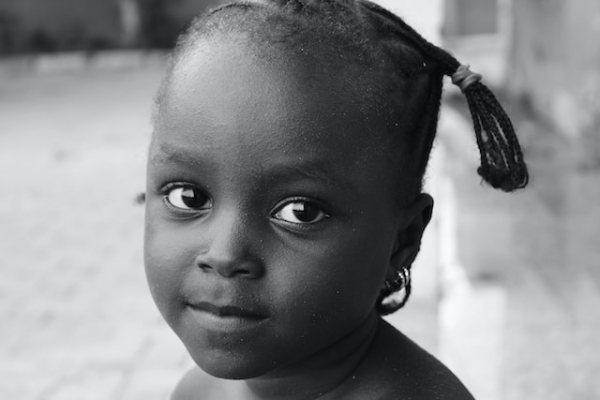“It is grossly unjust that a child’s chances of survival can be shaped just by their place of birth, and that there are such vast inequities in their access to lifesaving health services”
- Dr. Anshu Banerijee, Director of Maternal, Newborn, Child and Adolescent Health and Ageing at the World Health Organization (WHO)
According to Dr. Anshu Banerijee of the World Health Organization, children around the world need strong primary health systems to meet their needs so that no matter where they are born they can have the best start and hope for their future. His declaration – reported in the UN Report here analyzed – stems from the recognition that children face different changes of survival based on where they are born.
The Report was released at the beginning of January by the United Nations Inter-Agency Group for Child Mortality Estimation (UNIGME). This UN Inter-Agency was formed in 2004 to share data analysis and reports on child mortality and to enhance international programmes towards child survival. According to the latest estimates released by the UNIGME, 5 million children lost their lives before their fifth birthday and 2.1 million – aged between 5-24 years – died in 2021.
The Report remarks that child’s chances of survival can be strongly shaped just by their place of birth – as correctly declared by Dr. Anshu Banerijee. The Report systematically examines the global association of major armed conflicts on the rights of children to health. Indeed, a substantial portion of child deaths takes place in countries with a history of armed conflict and political instability. The research presented uses as key indicator of infant health and infant health mortality rate (IMR).
As shown in the UN Report, proximity to an armed conflict largely affects the accessibility of needed basic goods: food and water, vaccinations, hygiene services, maternal and antenatal care. In the first five years of life, infectious diseases like pneumonia, diarrhea and malaria pose the biggest threat. Thus, having safe access to a health care system represents an essential element of survival – not guaranteed in conflict zones. Although the massive global humanitarian aid, conflicts – both international and internal armed conflicts – still correspond to the major driver of child mortality. Furthermore, the Report highlights that in the last years children living in high-intensity conflict zones has risen by nearly 10% - a total of 230 million children. This significant increase, combined with the health care crisis caused by COVID 2019, will represent serious future risks to children’s survival.
Thereafter, the analysis focuses on the two most affected regions: sub-Saharan Africa and south Asia. Indeed, almost 77% of all stillbirths in 2023 were recorded in these two regions. Moreover, almost half of all stillbirths occurred in sub-Saharan Africa. According to the data estimated by the UNIGME, having a stillborn baby in this region is seven times more likely than in Europe and North America.
Finally, the Report highlights some positive outcomes globally recorded since 2000. Indeed, in the last twenty years the global under-5 mortality rate fell by 50%, while mortality rate in the range between 5-24 years decreased by 36%. Even stillbirths’ rate dropped by 35%. However, in order to maintain this positive trend, it is fundamental to intensify humanitarian aid and several actions need to be taken to strongly improve health care systems. Indeed, gains have reduced significantly since 2010 and 54 countries will not be able to meet their Sustainable Development Goals target for under-5 mortality.
In conclusion, new measures must be taken to deal with the constant increase in war zones and the devastating consequences on child mortality; and as many measures must be implemented to avoid the positive data recorded since 2020 from worsening again. International humanitarian aid must particularly focus on the two regions identified by the UN Report: sub-Saharan Africa and south-Asia, where the chances of survival of newborns are still considerably low.
Original report available here:
By Federica Tognolli







